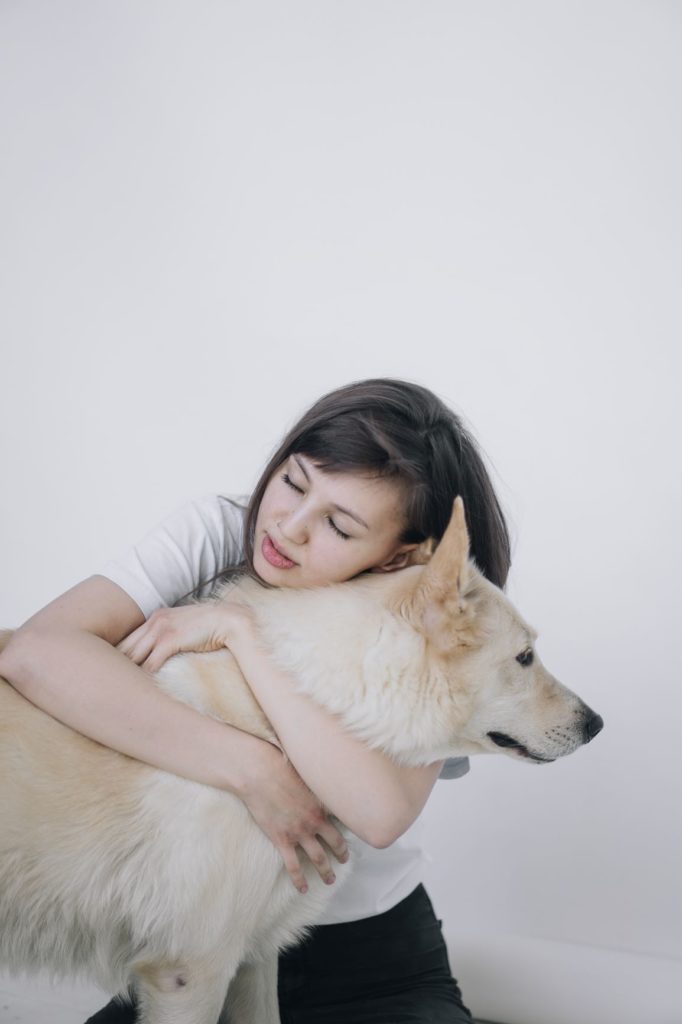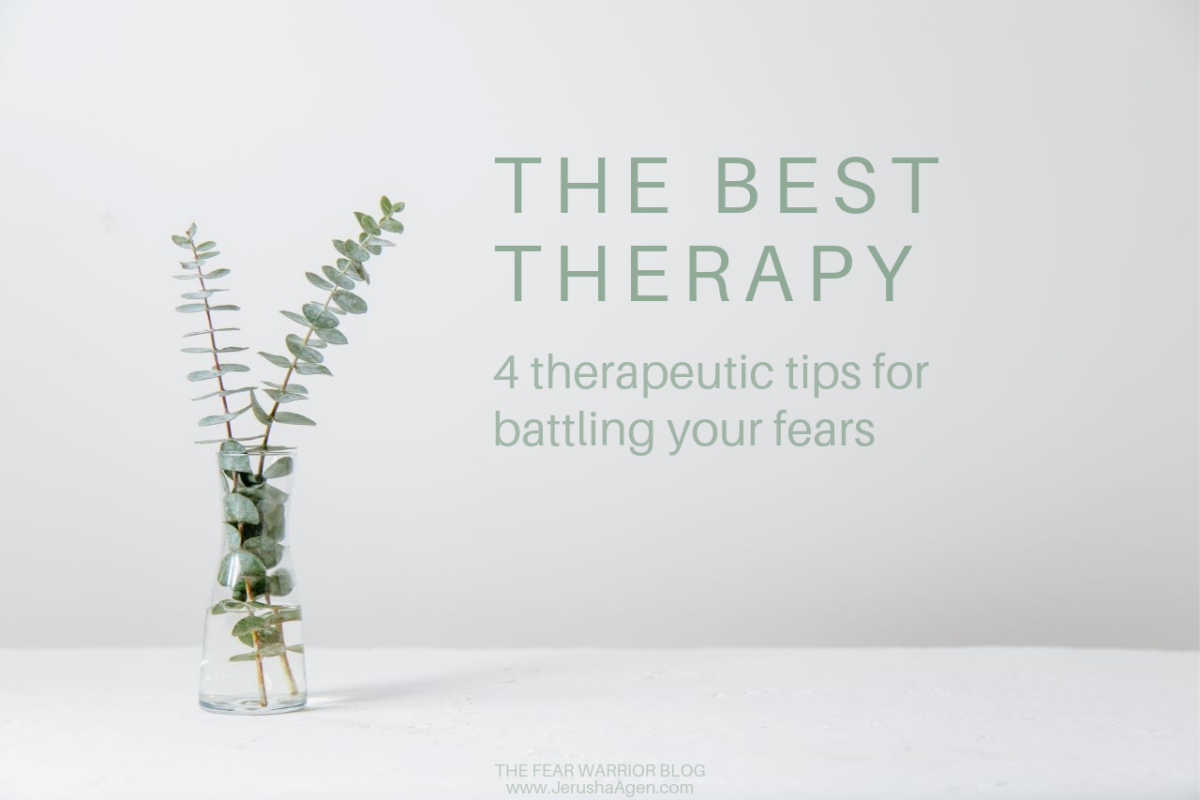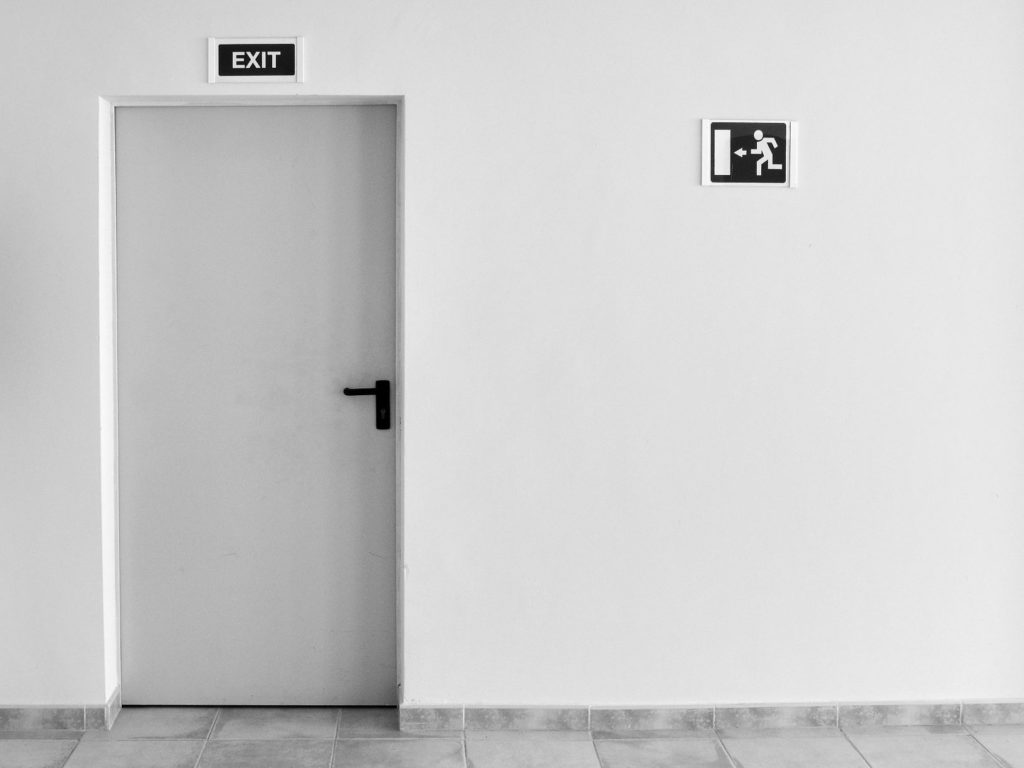 He was destined to be a therapy dog.
He was destined to be a therapy dog.
When my family decided to get a puppy, we had one goal—find a pup that would grow into a dog I could use for animal-assisted therapy work. God gave me a heart for the positive impact that dogs can have on people in need, and I couldn’t wait to volunteer for such work.
When we brought our little bundle of fluff home, he was perfect. His adorable puppy charm had people fawning over him. The adoration was mutual, humans apparently being the pup’s favorite thing. I had a therapy dog for sure.
But, as our puppy neared six months, everything changed. He started to act timid around new objects and places. Then, the worst happened—he became afraid of people.
Whether because of genetics, pain from a growth issue, or hidden trauma, we no longer had a potential therapy dog, we had a fearful and reactive one.
This was not my plan. Our new puppy was supposed to love people and enable me to help them, not be terrified of everyone and everything. What could I do with a dog like that?
God had other plans. He has taught me that there are different kinds of therapy. Our puppy, now seven years old, has had an unexpectedly therapeutic effect on me by teaching me about fear.
From watching him and working with trainers to decrease his anxieties, I’ve learned four tips that help me tackle my own fears.
1. Breathe
Sometimes I let stress and worry build up in my body until I’m barely breathing or get sore from too much tension. A person can even become sick from holding on to anxiety.
Dogs hold stress inside, too, and, like when we do that, it only increases their fear. When a dog wants to try to calm down, he’ll let out a loud puff of breath.
I was instructed by a trainer when I worked with my scared dog that I could help him relax by doing the same. Now I let out a giant sigh when my dog or I get too stressed.
I tell myself I’m doing this purposeful breathing for my sensitive pooch, but I think I’m the one who’s really reaping the benefits.
2. Give Yourself an Out
One of the techniques the trainer taught me to use with my dog is to always give him an out when he’s afraid of something. If he’s afraid to approach an object, I’ll avoid pushing him too hard to confront his fear. It’s best to instead break into his terror and say, “Okay, we can go this other way now.”
When I turn him away from the frightening object, he gets a rush of relief that he didn’t have to face that fear. Then the next time I bring him around to the same object, he can get closer to it on his own, without the same degree of fear.
The same technique can work with us. While we do have to confront our fears to conquer them, sometimes the best approach to a fear that threatens to overwhelm us is to confront the fear in small or brief increments.
Like the best approach with my dog, we should push ourselves to face the fear at least a little, and then it’s okay to give ourselves a temporary out. We may find we’re braver the next time we confront that fear.
3. Catch Courage Not Fear
We have another dog that feels it’s his duty to protect our family, house, and everything within a five-inch radius of him from potential danger (which sometimes includes leaves falling outside the window). He barks to scare off such threats, and every time he barks, our nervous pooch gets scared and runs to the window to see the supposed danger.
This pattern is so normal in our household that now when our fearful dog moves quickly to look out the window for any other reason, our protective dog barks, making the scared dog more frightened and…you get the idea. A vicious cycle.
Fear, worry, and stress rapidly spread from one dog to the other, and the same spread happens in people. The good news is that—for dogs and humans—peace, and courage are also contagious.
Our timid dog always does better with strangers when our brave dog approves of them. I do better around brave, calm people, too.
So surround yourselves with people who know how to fight the battle against fear, and try to be a spreader of peace yourself for the sake of those around you.
4. Have a Safe Place
The biggest key to decreasing our dog’s fears was another trainer suggestion—giving him a safe place. At our house, we watched where our dog tended to flee when he was extremely afraid, and we designated that room as his safe place.
We guard that room carefully. When we know something frightening is going to happen, like visitors coming to our house, we preventively shut our fearful dog in his safe place. There, we know he’ll be at his calmest and, though he will still become afraid, he’ll be able to avoid paralyzing terror by drawing strength from being in the place where he feels the safest.
We all need a safe place we can run to and hide in when we’re scared. A place that will protect us from the worst and keep us from succumbing to fear. We have that safe place in Jesus Christ.
 The name of the Lord is a strong tower; the righteous man runs into it and is safe. – Proverbs 18:10
The name of the Lord is a strong tower; the righteous man runs into it and is safe. – Proverbs 18:10
For he will hide me in his shelter
in the day of trouble;
he will conceal me under the cover of his tent;
he will lift me high upon a rock.
– Psalm 27:5
Study God’s Word diligently, pray, run to Jesus and He will be your safe place.
Courage Therapy
It seems, after all, that my puppy was destined to be a therapy dog. Turns out, I was the one who needed the therapy.
Have you learned something about fear from an unexpected source? Did one of these 4 tips resonate with you? Please share!





Comments 2
Oh, I love this and especially that closing line – “It seems, after all, that my puppy was destined to be a therapy dog. Turns out, I was the one who needed the therapy.” Things always go as planned just not always as WE planned! ❤️
Author
Well said, Heidi! That is so true, and in the end, I’m sure glad things go according to God’s plan instead of mine. Thanks for stopping by!